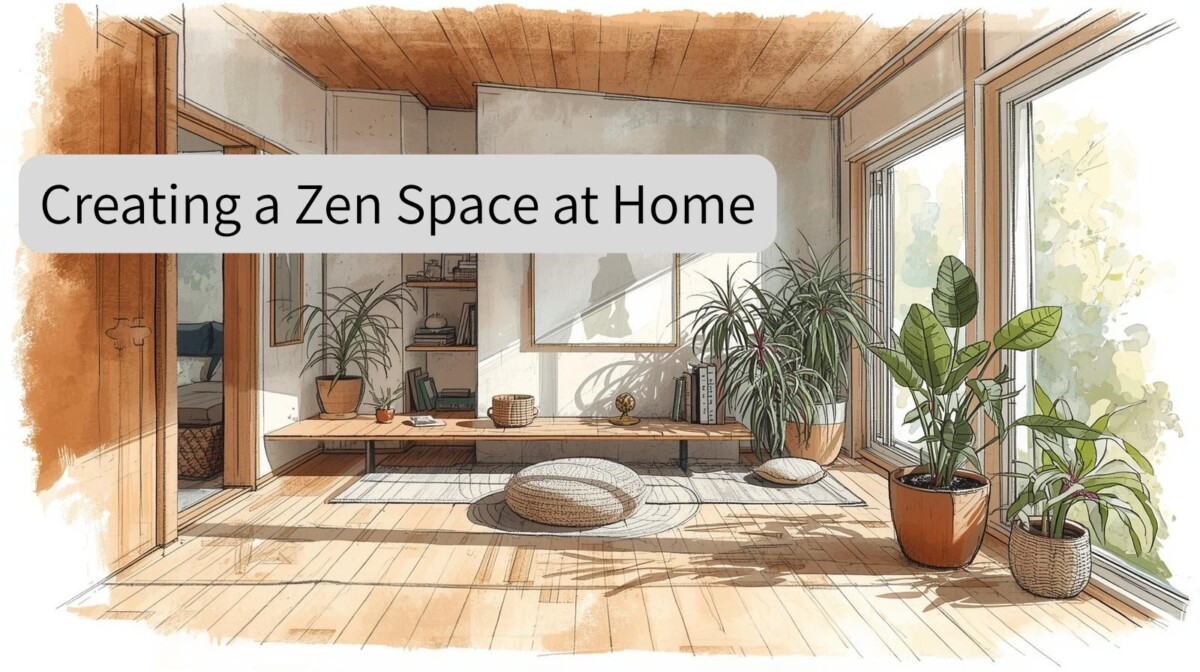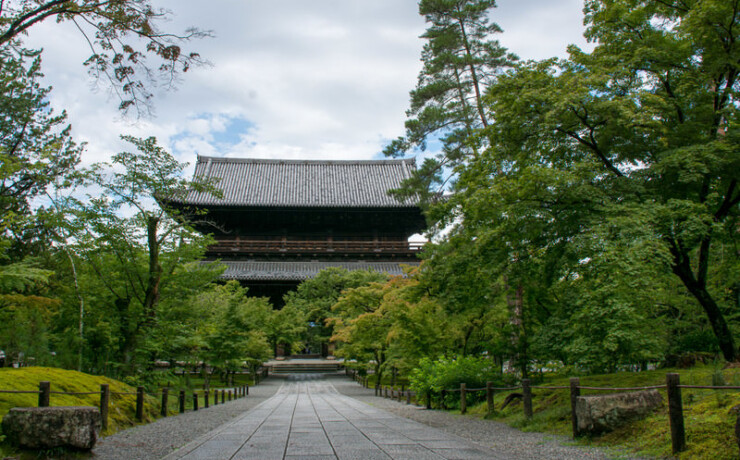
Creating a Zen Space at Home
Introduction: Your Environment Shapes Your Mind
In a fast-paced, screen-saturated world, your home should be more than just a place to crash — it should be a space that calms your nervous system, supports your well-being, and invites peace.
That’s where creating a Zen space at home becomes more than aesthetic — it becomes a mindfulness practice.
What Is a Zen Space?
A Zen space isn’t about perfection or minimalism for its own sake. It’s about intentional simplicity — creating an environment that supports presence, not distraction.
In traditional Japanese Zen, spaces are clean, balanced, and filled with natural materials. They reflect wabi-sabi — the beauty of imperfection and impermanence.
But you don’t need a temple to create your own Zen-inspired retreat. You just need mindfulness.
How to Create a Zen Space at Home
1. Clear the Clutter (Digital Too)
Zen starts with space. Remove unnecessary items from shelves, floors, and even your desktop.
Modern trend: Digital decluttering — silence notifications, organize files, create “tech-free” zones.
2. Use Natural Elements
Bring in plants, stones, or a small water feature. Studies show indoor nature therapy reduces anxiety and improves mood.
3. Neutral Colors and Soft Textures
Choose calming tones like beige, grey, or moss green. Add materials like linen, wood, or bamboo. This supports sensory balance and emotional grounding.
4. Lighting Matters
Avoid harsh overhead lights. Use warm lamps, candles, or circadian lighting that follows natural light cycles — helping your body reset and rest.
5. Create a Dedicated Meditation Corner
Even if it’s just a cushion by a window, define a sacred space where you can sit, breathe, and return to the present moment.
6. Limit Visual Noise
Fewer decorations = fewer distractions. Use empty space as a form of design. This supports a concept known as dopamine décor — reducing overstimulation from your surroundings.
Trend Connection: Why Zen Design Is Going Mainstream
The rise of sensory design and neuroaesthetics reflects a growing awareness that your space affects your mental state. Wellness architects now create “silent rooms,” and companies like Google offer “Zen zones” to help employees recharge.
Meanwhile, TikTok and Instagram are full of terms like:
-
#cleantok
-
#dopaminedecor
-
#slowhome
-
#intentionalspace
Zen has entered modern design — not as a style, but as a strategy for sanity.
Final Thoughts: Your Home as a Mirror
When your space is clear, your mind breathes easier.
Creating a Zen space at home isn’t about trends or rules — it’s about creating an environment where being is enough.
So step back.
Let go.
Light a candle.
And invite peace to take root in your everyday surroundings.
Because your home doesn’t just hold your body — it shapes your state of mind.
💬 Want more ideas on integrating Zen into modern life? Explore zen-for-life.com for tips, guides, and inspiration.
🌿 Want to go deeper into Zen and mindful living?
Explore ZEN for LIFE — a gentle guide to bringing presence, simplicity, and calm into your everyday routine.
Now available on Kindle.










この記事へのコメントはありません。